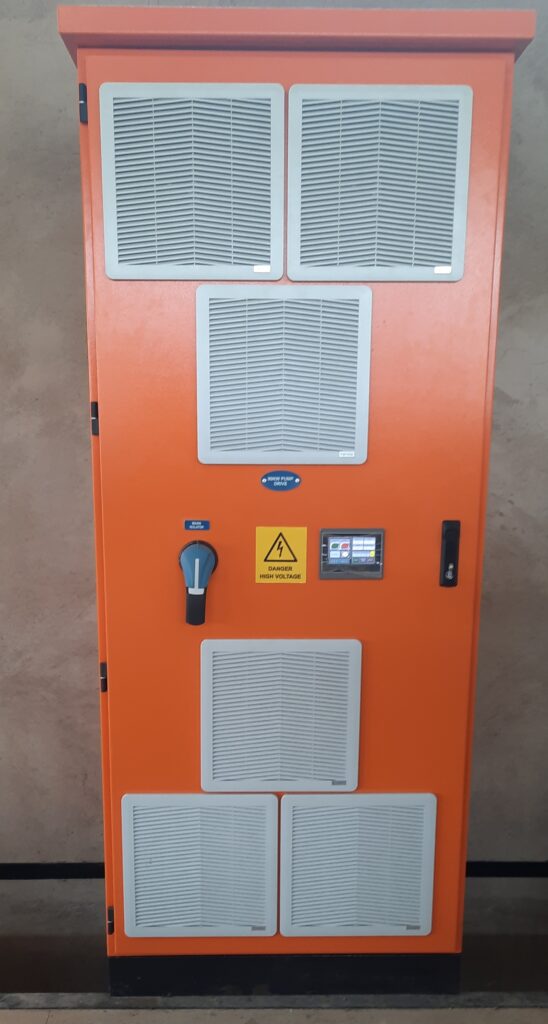A variable speed drive, also known as a variable frequency drive (VFD) or an adjustable speed drive (ASD), is an electronic device used to control the speed of an electric motor. It is commonly employed in various applications where precise control of motor speed is required, such as in industrial machinery, pumps, fans, and HVAC systems.

The main function of a variable speed drive is to vary the frequency and voltage supplied to the motor, thereby adjusting its rotational speed. Traditionally, motors operate at fixed speeds determined by the power supply frequency, such as 50 or 60 hertz. However, a variable speed drive allows the motor to operate at different speeds within a specified range by manipulating the frequency of the power supplied.
By controlling the speed of the motor, a variable speed drive offers several advantages. It enables energy savings by matching the motor speed to the required load, preventing excessive energy consumption during periods of low demand. It also enhances motor control, allowing for precise speed adjustments, smooth acceleration, and deceleration, as well as the ability to reverse the motor’s direction.
Variable speed drives typically consist of three main components: a rectifier, a DC bus, and an inverter. The rectifier converts the incoming AC power into DC power, which is then stored in the DC bus. The inverter converts the DC power back into AC power with a variable frequency and voltage output, controlling the motor speed accordingly.

Moreover, variable speed drives often incorporate advanced features and protection mechanisms to ensure motor safety and optimal performance. These can include overload protection, short-circuit protection, overvoltage and undervoltage protection, thermal protection, and fault diagnostics.
Overall, variable speed drives provide efficient and flexible motor control, enabling energy savings, improved process control, and extended equipment lifespan, making them a valuable tool in various industrial and commercial applications.

